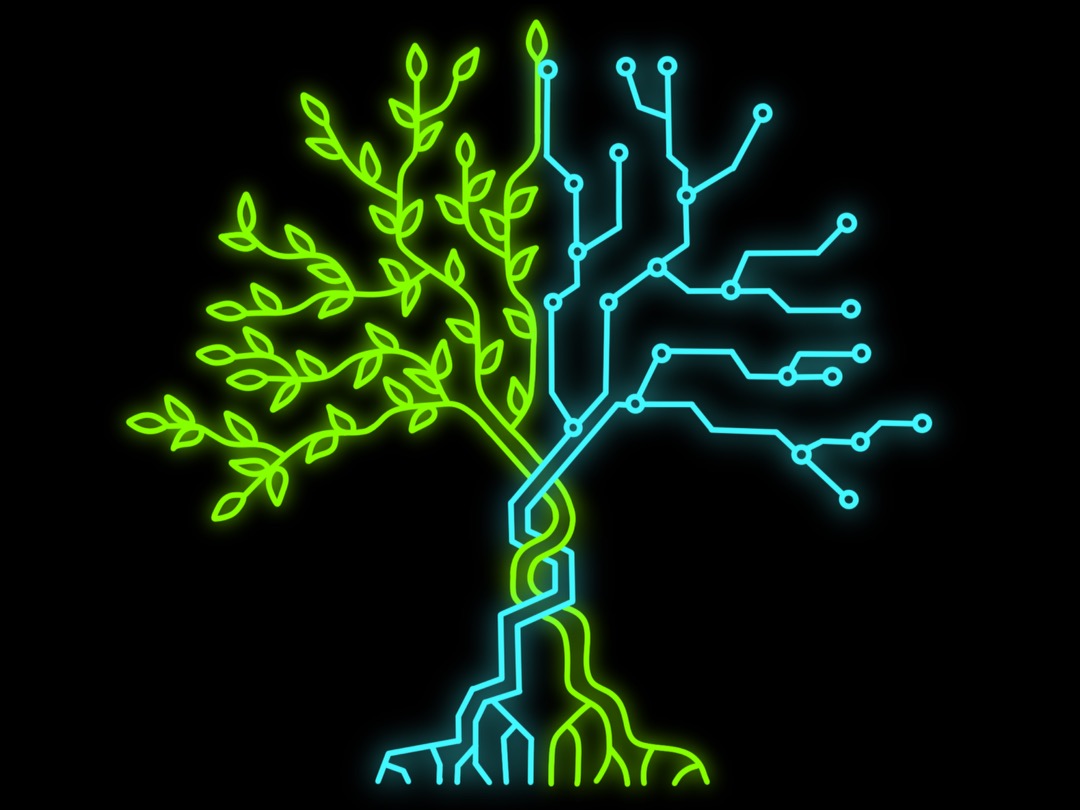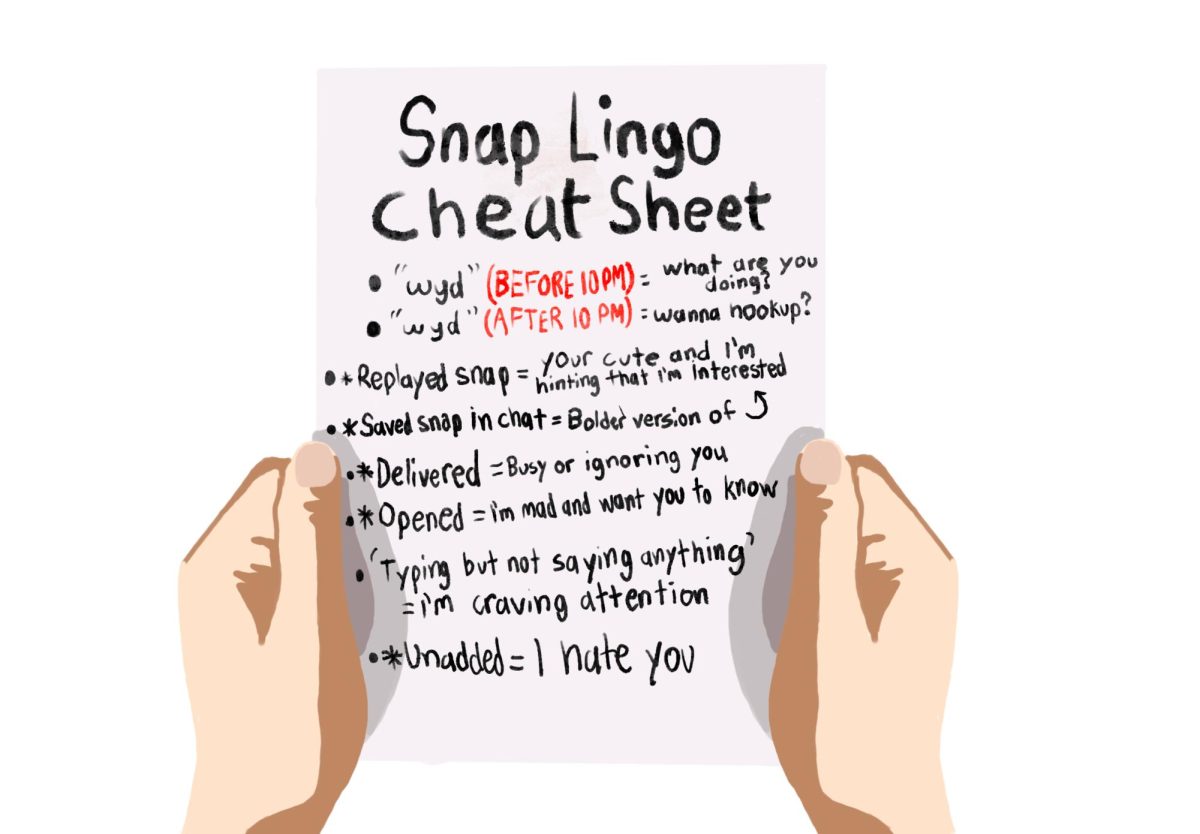A study conducted in 2024 by the National Literacy Trust showed that leisure reading rates for teens has decreased by 8.8 percent in the last year and some Marin County Librarians believe that social media has played a part. In the past decade, social media has consumed the lives of many, with the average U.S. teenager spending 4.8 hours a day across various platforms.
Library specialist Kathleen Savastano has been working at Redwood High School since 2019 and has noticed a pattern with teens who often come into the school library.

“The students who come in [to the library during] lunch time or break, are all on their phones. At lunch [there is] a whole table that is all on their phones,” Savastano said.
This pattern is reflective of a 2023 Pew Research survey that reported that 58 percent of teens use TikTok daily. While in contrast, a 2018 survey from the Programme for International Student Assessment found that more students consider reading a “waste of time.”
Although the uprising of social media seems to correlate with the decrease in teen readers, readers still have the ability to combine reading and their phones. Apps and websites like Goodreads offer recommendations, reviews, and a feature that allows users to track the books they read. Other platforms such as TikTok not only offer recommendations, but a space to facilitate conversation and connection with other readers.
Jessica Roesch, a librarian at the Larkspur Library, has seen the positive effects social media has on readers.
“I think [social media] allows for discoverability; more ways to discover books you might like, maybe different genres that you might or might not have been interested in before. Diversity of reading and taking the initiative to do leisure reading has [definitely] been boosted,” Roesch said.
On TikTok, “BookTok” has become a popular term to describe the reading community on the app, posting videos that promote and recommend books. BookTok is partly responsible for driving up book sales in the past few years; according to Publishers Weekly, 30.7 percent of print sales in young adult fiction are due to conversation on social media.
Savastano has seen this effect and has observed the growing popularity of specific books in real time.
“There are books by Madeline Miller, one is called ‘Song of Achilles.’ She wrote it years ago, but then somebody [included it] in a TikTok saying, ‘books that made me cry,’ and all of a sudden…her books were selling like bestsellers,” Savastano said.
The Corte Madera Marin County Free Library has also created displays based on books that gained popularity on BookTok. Sarah Butts, one of the librarians at the Corte Madera Library, has seen how teen readers are using social media. Butts explained the impact this has had on readers.
“I think you get more people that are interested in trying things because of social media. We have people who didn’t know what they like, and now everyone is like, ‘do you have this?’ So [the displays] are a little more of a target place to start which is really helpful,” Butts said.
Roesch has observed a similar trend in the Larkspur Library.
“A lot of the people who come to the library are already readers so it’s hard for me to say [how many have been influenced in this way], but I think that social media, even with its goods and its bads, has helped teens discover more titles in the library,” Roesch said.
Although Roesch has observed this positive impact, she has also seen the negative effects, such as time-consumption.
“BookTok is very nice and easy, but there’s a bit of a time-displacement. You’re constantly swiping so your at

tention span is limited,” Roesch said.
Other than the increase in the use of social media, an alternative explanation for lack of leisure reading in teens is the amount of homework they receive on a given day. Butts has observed how this has become a distraction within the Corte Madera Library.
“My favorite thing is talking about books with them, but sometimes [teens] have so much [work] assigned that there is not a lot of time for free reading. [When] we’re on winter break, one of my favorite things is when the kids get home from college and they’re like, ‘I have time to read again!’” Butts said.
This brings up the question of whether teens don’t like to read anymore, or if they simply don’t have the time for it. A 2019 survey
from Pew Research showed that the average teen spends an hour everyday doing homework, whereas the average teen in the 1990s spent 30 minutes a day doing homework.
Savastano has also seen this change taking place in the school library.
“Right now, you hear boys over there doing homework together, [and some of] these kids who come in early are also doing schoolwork,” Savastano said.
Another reason for the decrease in leisure reading rates for teens is the recent book selection. In 2008, the Twilight book saga and The Hunger Games became widely popular series, with Twilight selling 160 million copies and The Hunger Games selling over 100 million copies. These two series caught the attention of teens all across the country; however, there haven’t been many more of these kinds of popular books since their releases.
Savastano explained how she buys books based on bestsellers and what certain students seem interested in. She commented on the lack of popular series.
“The excitement about a series [seems to be] going down. [But,] for the kids who really like to read, I think the excitement is still there,” Savastano said.
Butts has noticed a different pattern in which genres are becoming popular.
“Different genres have appealed at different times. For a long time, it was dystopias, so a lot of people wanted to read The Hunger Games, Maze Runner and Divergent. Then it became more historical fiction, everyone was done with dystopias. It’s interesting, it can depend on what’s happening in the world, like the more real it gets out here, the more interested people become in fantasy and escapism,” Butts said.
Although reading is often used as a specific form of escapism, so is storytelling in general. Roesch made a point about formats of storytelling evolving with the new generation of teens.

“You could actively argue that TikTok is a form of storytelling, I think you could [also] argue that video games are a form of storytelling. There’s a diversity of storytelling, other than the written word,” Roesch said.
Although she explained how this format is changing, Roesch believes there’s a reason behind why the written-format is becoming less popular.
“So there’s a study by the American Psychology Association that said that less than 20 percent of teens report reading books, magazines or newspapers daily while 80 percent report using social media every single day. And you have to ask yourself, is that an accessibility issue? Everyone [can have] a phone in their hand but you have to actively come to the library to get a physical book. I also think attention span greatly impacts teens and habits, you know, are you reaching for your phone before bed instead of reaching for a book?” Roesch said.
Even though more teens appear to be steering away from reading in their free time, Butts knows there will always be a future for reading.
“For a while people were saying, ‘libraries are dead, books are dead,’ but that’s just never going to happen. It’s too important. It’s a way to escape, a way to turn your brain off a little bit, and turn off the screen. Everything ebbs and flows, including what people do in their free time,” Butts said.






